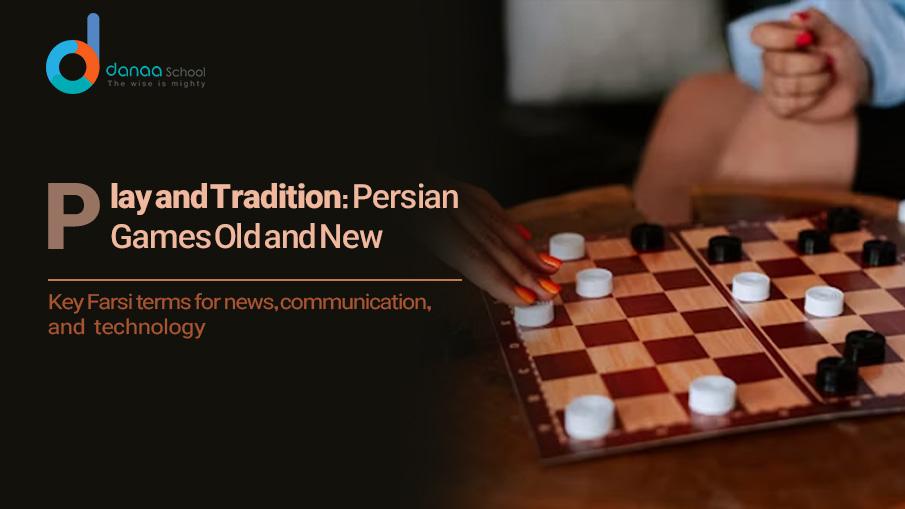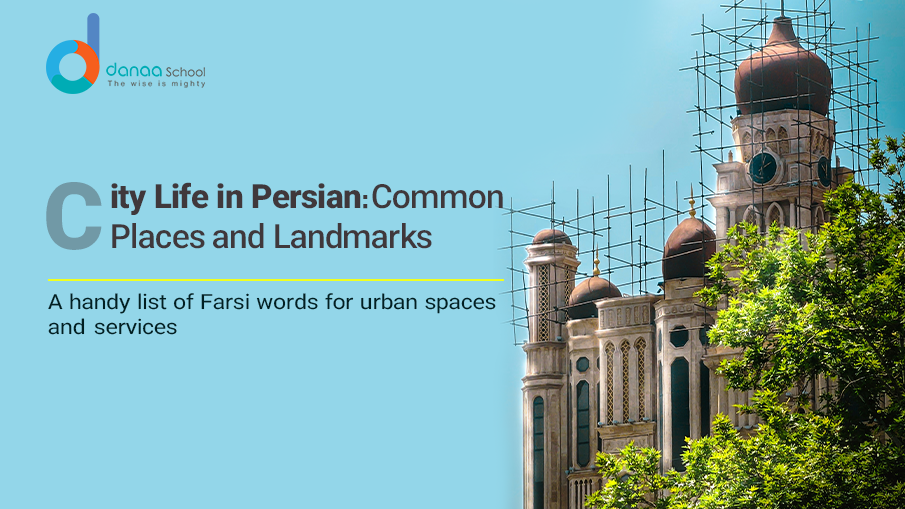Sizdah Bedar in Iran: A Complete Guide
Sizdah Bedar is one of Iran’s most vibrant and cherished celebrations, marking the 13th day of the Persian New Year, known as Nowruz. This day is celebrated with fun, family gatherings, and deep cultural significance, reflecting Iran’s long history and rich traditions.
Today, Iranians come together to reconnect with nature, enjoy outdoor activities, and symbolize renewal and purification. But what exactly is Sizdah Bedar, and how is it celebrated? Let’s dive deeper into its meaning, history, and the practices associated with this joyous occasion.
What is the Meaning of Sizdah Bedar?
Sizdah Bedar, which translates to “getting rid of thirteen,” is observed on the 13th day of the Persian New Year, marking the end of the Nowruz festivities. The day is intended to symbolize renewal, leaving behind the misfortunes or bad luck of the previous year. In Persian culture, the number 13 is considered unlucky, so Sizdah Bedar is an opportunity to cleanse oneself spiritually and physically, letting go of negative energy.
The celebration is rooted in an ancient belief that involves moving away from the indoor spaces, spending the day outdoors, and connecting with the natural world. It is believed that spending time in nature during this day has a healing effect, bringing good fortune and positive energy for the rest of the year.
What Do You Do on Sizdah Bedar?
On Sizdah Bedar, Iranians traditionally gather in parks, fields, or other open spaces. The day is filled with picnics, outdoor games, music, and dancing. Families pack up food, set up tables, and lay out carpets in the grass, enjoying each other’s company amidst the beauty of nature.
One of the most iconic rituals during Sizdah Bedar is the “throwing away of the Sabzeh.” Sabzeh is the sprouted wheat or lentil that was part of the Nowruz table, symbolizing rebirth and growth. On Sizdah Bedar, the Sabzeh is taken outside and thrown into a flowing stream, river, or any natural water source to symbolize the release of misfortune and to allow the new year to start fresh.
In addition to this symbolic act, Sizdah Bedar is a day of outdoor games, picnics, and even some light-hearted mischief. People participate in games like tag, kite flying, and other outdoor activities. Children often run around in joyous abandon, and families enjoy the freedom of being in nature, far from the stresses of urban life.
What is Sizdah Bedar Zoroastrianism?
While Iranians of all religious backgrounds widely celebrate Sizdah Bedar, its roots can be traced back to the ancient Zoroastrian tradition. Zoroastrianism, the ancient pre-Islamic religion of Iran, places great importance on the natural elements, especially the earth and water. The Zoroastrians believed that the earth was a sacred place and that it was essential to maintain harmony with nature.
The celebration of Sizdah Bedar is an extension of this belief, as it encourages people to spend time outdoors and honor the earth. The Zoroastrians celebrated the return of spring and the renewal of life with rituals that included offerings to nature and prayers for prosperity. Though the celebration has evolved over time and is now largely secular, its origins in Zoroastrianism are still honored by many.
What is the 13th Day of Persian New Year?
The 13th day of the Persian New Year, known as Sizdah Bedar, marks the end of the Nowruz celebrations, which begin on the Spring Equinox and last for two weeks. The Nowruz festivities are rich in traditions that celebrate renewal, joy, and community. During this time, families clean and decorate their homes, visit friends and relatives, and participate in various traditional activities.
Sizdah Bedar, occurring on the 13th day, is seen as a day to “close the Nowruz chapter.” After the two weeks of celebrating with family and friends, Sizdah Bedar is a time to embrace nature and bid farewell to the old year, moving forward into the next with a fresh perspective and renewed spirit. This day is also associated with the Persian tradition of “purification”—shedding the old to make room for the new.
How Does Sizdah Bedar Influence Modern Iranian Culture?
Sizdah Bedar holds great cultural and social significance in Iran. Despite the rise of modern lifestyles and technological advances, the tradition of Sizdah Bedar remains a steadfast part of Iranian life. Families and communities continue to honor the day, emphasizing family bonding, nature, and joy.
The celebration also serves as a reminder to slow down, connect with loved ones, and take a break from the usual hustle and bustle of everyday life. In a fast-paced world where digital devices dominate, Sizdah Bedar is a reminder to step outside and breathe in the fresh air, appreciate the natural world, and find joy in simple moments.
How Do Iranian Families Prepare for Sizdah Bedar?
The preparation for Sizdah Bedar begins days in advance. As part of the Nowruz tradition, families clean and organize their homes, purchase fresh food, and plan their outdoor picnics. On the day of Sizdah Bedar, families typically wake up early to prepare dishes, pack food, and gather the necessary items for a day outside, such as blankets, rugs, and outdoor games.
One important item to prepare is the Sabzeh, sprouted wheat or lentil traditionally placed on the Nowruz table during the first days of the Persian New Year. On Sizdah Bedar, the Sabzeh is ceremoniously thrown into a river, as mentioned earlier, to signify the clearing away of any negativity from the old year.
What Are Some Common Foods on Sizdah Bedar?
Sizdah Bedar is a day of feasting and enjoying traditional Persian food in the outdoors. Common dishes include:
- Kebab: Skewered grilled meats, often served with rice or bread.
- Tahchin: A savory rice dish made with yogurt and saffron.
- Fruits and nuts: Various fresh fruits, nuts, and seeds are often packed for a picnic.
- Fresh herbs: Many Iranians bring a selection of fresh herbs like basil, cilantro, and parsley, which are essential components of Persian cuisine.
The food enjoyed during Sizdah Bedar reflects the abundance and joy of spring, celebrating both the changing season and the earth’s renewal.
Why Do People Celebrate Sizdah Bedar?
Sizdah Bedar serves as a symbolic act of letting go of the past and welcoming the future. By gathering in nature, enjoying time with family, and participating in outdoor activities, Iranians affirm their connection to the earth and to each other. It is a day of renewal, not just for the physical world but also for one’s spirit.
Moreover, Sizdah Bedar is about joy, unity, and moving forward together as a community. It is a reminder that life is cyclical, and just as the earth renews itself each spring, so too can we renew our minds and hearts.
FAQs
What is the origin of Sizdah Bedar?
Sizdah Bedar has roots in ancient Zoroastrianism and Persian traditions. It was originally celebrated as a day to honor nature and purify oneself by spending time outdoors. The tradition has evolved, but its core theme of renewal and connection with the earth remains unchanged.
Why do Iranians throw away the Sabzeh on Sizdah Bedar?
The Sabzeh symbolizes growth and renewal, and it is placed on the Nowruz table to represent the hope for a prosperous year. On Sizdah Bedar, throwing the Sabzeh into water symbolizes casting away misfortune and negativity, making way for a fresh start.
Is Sizdah Bedar celebrated only in Iran?
Although Sizdah Bedar is most widely celebrated in Iran, it is also observed by Iranian communities worldwide, especially in countries with large Persian diaspora populations. The traditions and customs may vary, but the essence of the celebration remains the same.
What is the significance of the number 13 in Sizdah Bedar?
The number 13 is considered unlucky in Persian culture, and Sizdah Bedar is seen as a way to dispel the bad luck associated with this number. By spending time outdoors and engaging in positive activities, people symbolically “get rid” of the negative energy of the past year.
Can Sizdah Bedar be celebrated indoors?
While the traditional practice of Sizdah Bedar involves spending the day outdoors, some families may celebrate indoors if weather conditions prevent outdoor activities. The core principle remains the same—connecting with loved ones and marking the end of the Nowruz celebrations.
What kinds of activities are typically done on Sizdah Bedar?
Sizdah Bedar is a day of fun outdoor activities such as picnics, games, music, and dance. Iranians enjoy spending time in nature, playing traditional games, flying kites, and sharing meals with family and friends. It is a light-hearted and joyous celebration.
Conclusion
Sizdah Bedar is more than just a holiday—it is a tradition rooted in ancient beliefs and celebrates nature, family, and renewal. Whether you are in Iran or abroad, this vibrant celebration invites us to reflect on the importance of connection—to the earth, to our loved ones, and to our own well-being. By honoring Sizdah Bedar, we embrace the beauty of life and the hope that each new year brings.
Are you interested in learning more about Persian culture and language? Start your journey today with Danaa School! Our Farsi language courses offer an immersive experience, helping you understand the rich history, traditions, and language of Iran.










